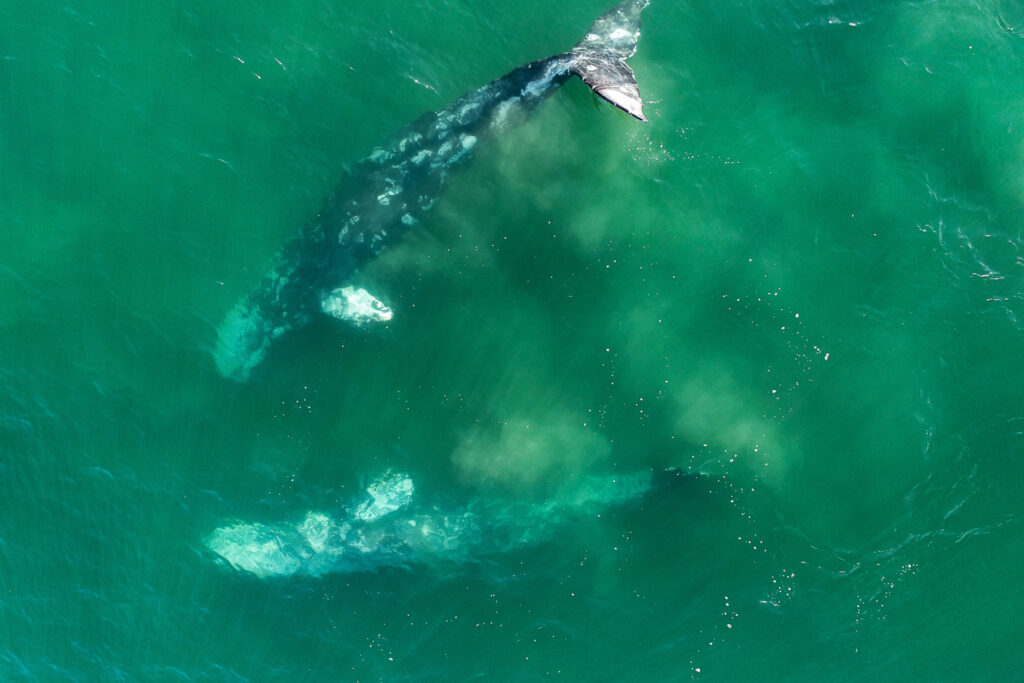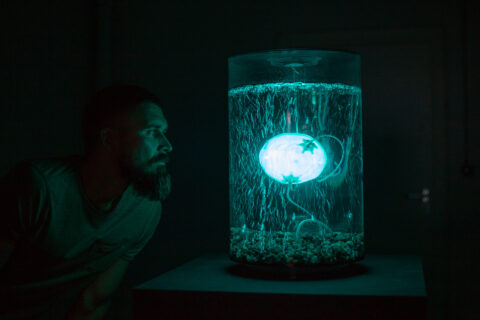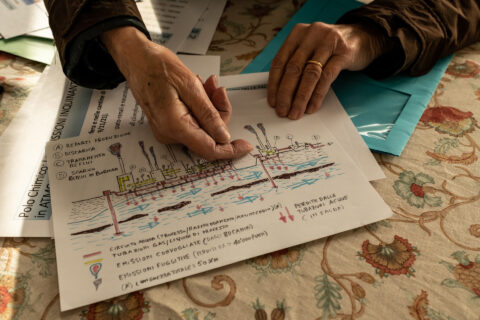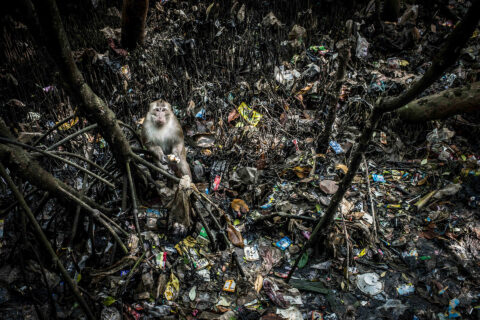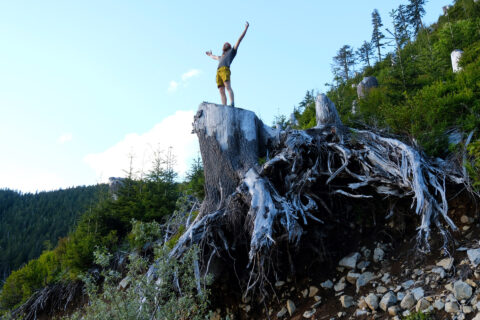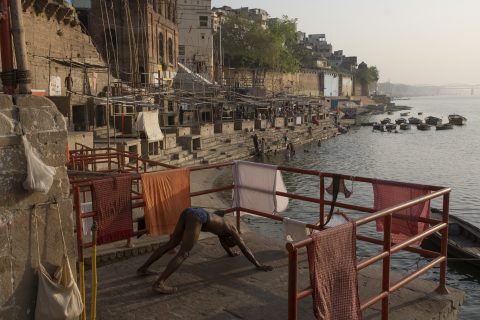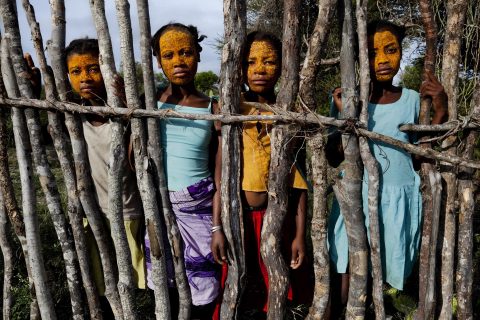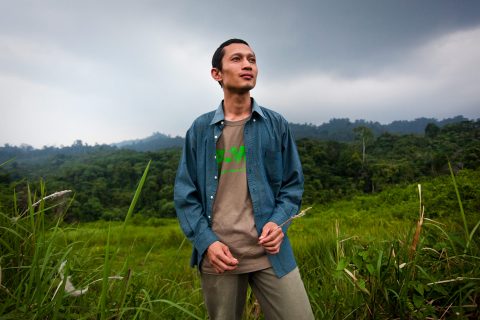At the end of the XV century, European ships explored the oceans around the world. Portuguese explorers had reached the Cape of Good Hope in an attempt to establish routes to East Africa and India. The route to the so-called “New World”, the Americas, is traditionally considered open by Christopher Columbus’ voyage to South America in 1492, although at least since 1480 English merchants have been on expeditions in the Atlantic in search of very distant islands.
When the first English and French explorers landed in North America – in what was then christened Newfoundland – the world they faced had to appear truly new: an uncontaminated and fertile natural environment, rich in resources. Some images come back over and over again in the diaries and accounts of European colonizers: rivers so full of fish that they can drop a fishing sinker without sinking it, bays invaded by sea turtles, colonies of oysters so large as to make it dangerous for ships to pass between the rocks. Images that seem absurd, magnified, certainly nothing more than the hyperbolic stories of travelers.
Yet the same descriptions come back from different sources, and agree with the accounts of the first expeditions that – given the resources so abundant and wonderful – began to exploit them. In 1517, 50 ships a year crossed the Atlantic to return to Europe filled with dried cod; at the end of the sixteenth century there were more than 150. In the mid-eighteenth century, merchants’ accounts attest that every year 30,000 tons of cod arrived in Spain and Portugal from Newfoundland, a source that seemed inexhaustible. At the same time, salmon and sturgeons from New England rivers provided secure support for the English colonies – which would soon declare themselves independent.
But this wealth would not last forever. Already in the nineteenth century, the attention of North American fishermen had shifted to other species, because profitable fish such as sturgeon began to be in short supply. Lobsters – which at the time of colonization were used as bait by the indigenous peoples – became the new specialty.
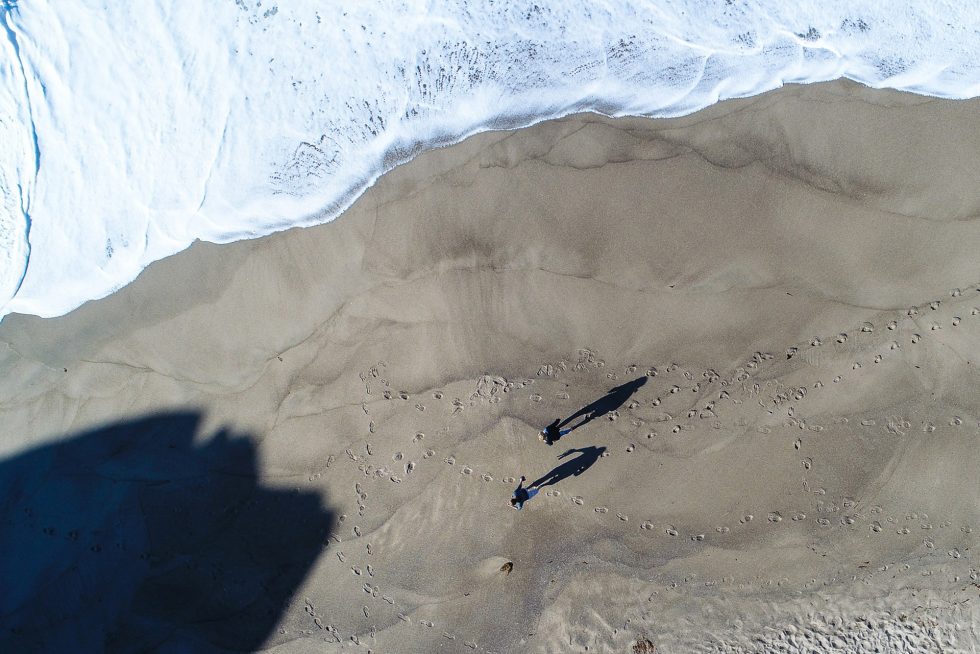
«I lived near Point Dume in Malibu, California for 13 years, and I had heard that gray whales used this place as a migration point, as they head back to the arctic after spending their summer in Baja California birthing and mating. Every early spring I would spend hours finding a quiet spot high on the most westerly point that protrudes into the pacfic ocean with wide views trying to spot the whales. Sometimes I would spend hours and not see any and other days I would nearly give up ready to go home and then a mum and calf would swim closely by below the high cliffs or sometimes they would hang out for hours or even days, rolling around the bottom either to feed or remove barnacles that have attached to their bodies, staying around in no rush to leave». (Mette Lampcov, photographer)
It wasn’t the first time this had happened. If nineteenth-century American fish merchants had found themselves in a tavern of the port with their European colleagues of the Middle Ages, they would have heard similar accounts. Thanks to the remains of fish found by archaeologists near the settlements of this period, today we know that around the year one thousand the species of fish consumed in Northern Europe changed within a few decades: from river and lake fish – such as trout, and pike – to those of the sea, in particular herring and cod. Due to increasingly efficient fishing techniques and the construction of dams and canals to control water, Europe’s rivers had emptied; fishermen turned to the sea, first on the coasts and then increasingly offshore, as the reserves of a species were exhausted and lost their commercial value.
Yet, for centuries we have struggled to shake off the perception that the seas and oceans were pristine environments, too vast and mysterious to be modified by human beings. Perhaps because “the oceans, unlike forests, appear to us at first glance always the same, even if we have emptied them of their content”, as we read in an editorial in Conservation Ecology a few years ago.
But if we know that today’s oceans are poorer in life than those of the past, it is difficult to accurately estimate what marine ecosystems should have looked like before the damage caused by human exploitation. The collection of scientific data on marine life began only from the second half of the twentieth century, but marine biologists try to reconstruct these scenarios with the collaboration of experts from different sectors: historians, paleontologists, art historians, but also fishermen.
«The techniques depend on how far back you want to go in time», explains Tomaso Fortibuoni, researcher at the Italian Istituto Superiore per la Protezione e Ricerca Ambientale (ISPRA) in Ozzano dell’Emilia, near Bologna. During the period of his doctorate, Fortibuoni was involved in studying how life has changed in the Adriatic Sea in the last two centuries. A complex undertaking, because data on the Mediterranean have been collected in a systematic way for a few decades. «Some scientific monitoring dates back to the second post-war period, but they were limited experiences in time and space. In the nineties, on the other hand, a continuous monitoring of marine populations began over the years and with good spatial coverage, which still continues today with the same methodologies; this allows us to reconstruct the temporal trends of the abundances and characteristics of the marine populations studied. In 1994, however, the situation was already highly compromised, because industrial fishing had already developed since the Second World War».
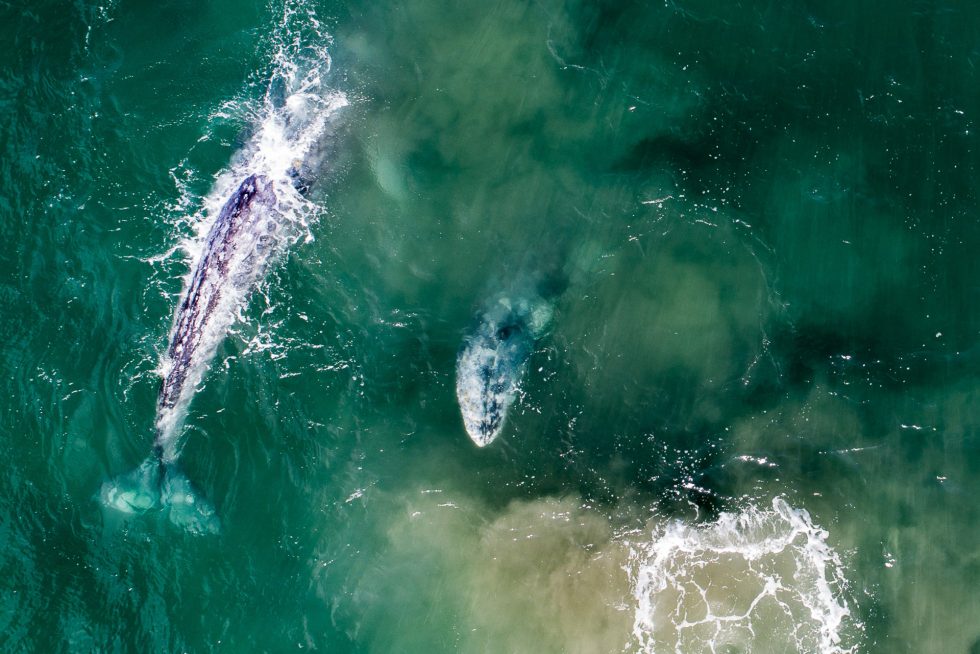
«Everything changed once I got a drone. Now I could stand on the beach, watch out for “blow” and try and find them to see them from above – not that easy, as they dive and disappear and can move incredibly fast. With a lot of patience and time I got better at tracking them, making sure I stayed well above, so as not to disturb them. It was a totally different experience to watch their behavior from above – them rolling around on the bottom, young whales in pods coming in close to shore being more playful, as they were using this rest stop to hang out, have a rest and play. ». (Mette Lampcov, photographer)
To go back further in time, the research team of which the biologist was part studied the archives of fish markets and the accounts of nineteenth-century naturalists – who often relied on the fishermen themselves to collect specimens and observations. He also interviewed fishermen, because valuable information can be obtained from the elderly first-hand. «The data that come from trade and fishing, from fish markets, give us clues about what is at sea, especially in the past when the market was not as globalized as today,» continues Fortibuoni. «When we go to interpret and analyze these data it is important to collect a series of ancillary information: what gear [the fishermen used], how many boats there were and of what type, the fishing area. These researches must always be accompanied by a reconstruction of the context, which also allows us to understand the limits of the information that is collected».
Among these limitations, there is the fact that they provide direct information only on species of commercial interest. «But having low-quality data is always better than not having data,» the biologist pragmatically comments. For example, these accounts give the possibility to calculate the proportion that there was between the different species, a significant element to understand the composition of the marine ecosystem». And also to catch macro signals, such as the decline of marine mammals and fish with a long life cycle. «Cartilaginous fish, such as sharks and rays, in the past represented more than 10% of what was found in the fish market, while already in the fifties they were less than 3%».
Today, large marine animals such as sharks, cetaceans and seals are not a common vision in the Mediterranean. But if we had sailed off the Italian coast even just a few centuries ago, we would have easily seen hammerhead sharks, violin sharks and angel sharks (sharks with very wide pectoral fins, which make them look like rays). The monk seal was found on the coasts of the whole Mediterranean, from Morocco to the Black Sea passing through Dalmatia; today it is reduced to a few hundred individuals. Even at the beginning of the twentieth century, tuna fishing was widespread throughout the eastern coast of the Adriatic. During the summer, tuna enter the warm waters of the Mediterranean to reproduce, passing through the Strait of Gibraltar and traveling the same routes every year. The fishermen of the Istrian coast built observatories on the shore, to monitor the waters waiting for tuna; the animals, which could measure over 3 meters, would then be fished and sold at the Trieste market.
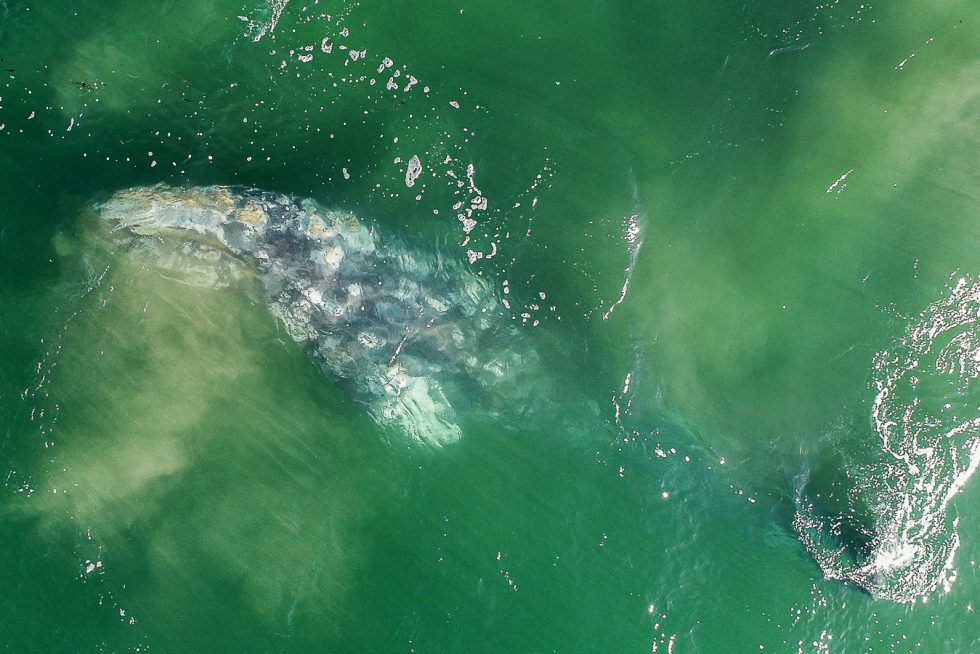
Gray whales stay about 20-40 miles off shore and feed by slowly rolling to one side, swimming slowly and scooping up sediment from the ocean floor through their comb like baleen teeth, that filter out water and trap plankton, krill and other invertebrates.
As in Northern Europe, river ecosystems have also changed dramatically. The naturalist Stefano Chiereghin, who was born in Chioggia (one of the historic fishing centers of the Upper Adriatic) and lived between the mid-eighteenth century and the beginning of the nineteenth century, described a “copious” presence of common sturgeon in the Gulf of Venice and in the main rivers of the area – Po, Adige and Brenta – with specimens that reached 135 kilos. Sturgeons go up the rivers to lay eggs and reproduce, so their life cycle depends on the possibility of being able to freely go up the river waters. It is therefore possible that at the time of Chiereghin’s observations their presence had already been reduced, due to the widespread works of diversion and channeling of the waterways that the Republic of Venice had carried out during the Middle Ages to define its control over the Venetian hinterland. Today, common sturgeons are almost extinct in this area.
In the absence of a clear vision of the past, it is difficult to understand if the environment we observe is pristine or if it has been compromised – and how much – by human action. From generation to generation, the bar of what we perceive as an environment that is all in all natural is lowered: so the field cultivated on the edge of the neighborhood in which a twenty-year-old today was born and raised (in his experience, he has always existed) appears to the eyes of a sixty-year-old as the result of the destruction of a lowland grove; in the eyes of the ninety-year-old, who knows.
The memory of long-term changes is lost, because each generation can only compare the variations it observes throughout its life with its own experiences. It is a phenomenon that has been called the shifting baseline syndrome; it affects everyone, and it is a particularly treacherous problem for those who study biodiversity on the planet, because to study change we need to define what the baseline is, the normality.
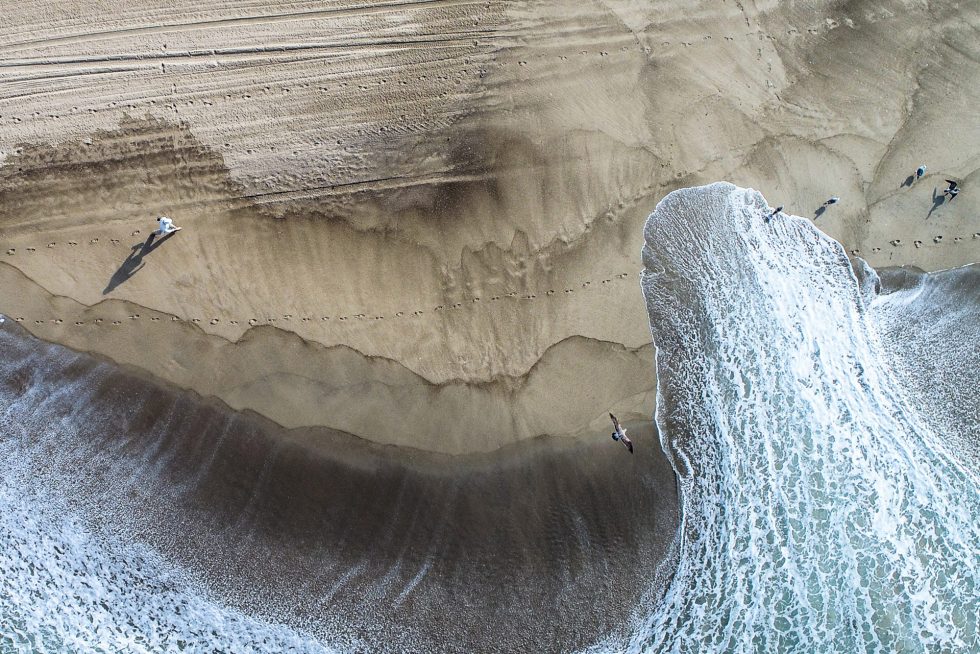
Like many other whale species, the Gray whale was in danger of becoming extinct due to over hunting for oil and meat in the 1700-1800’s, until its protection under the endangered species act in 1974 allowed the population to recover. They were removed from the endangered species list in 1994 and today their numbers hover around 24.000-22.000.
It is not only researchers who shift their reference points to marine life over the generations: the problem also affects fishermen. «One of the researches we did was on the angel shark, Squatina squatina,» says Tomaso Fortibuoni. «From the reports of naturalists, we know that [in the eighteenth and nineteenth centuries] this species was very abundant in the Adriatic. It was fished because the skin was used as sandpaper and arrived in large quantities in the fish market until the sixties. Then it disappeared and is now considered almost extinct locally. We observed that there was a shifting baseline interviewing fishermen of various ages: the older ones remembered this species and reported catches of even large specimens. The youngest, on the other hand, had never seen it, and did not even consider it an Adriatic species». It only takes a few generations to remove the memory of a species.
It is difficult to think about what Europe’s natural environment really could look like before we humans began to exploit its resources in a systematic way. For this reason, looking at the historical accounts that tell of the environment of North America a few centuries ago, almost immaculate (according to our baseline, of course: the indigenous peoples already exploited natural resources, albeit in a non-intensive way) is so fascinating: it makes us think that perhaps such a world would be possible. According to some estimates, when Columbus arrived in the Caribbean, the reef was home to a population of between 30 and 40 million green turtles (Chelonia mydas). The gigantic oyster banks that covered the seabed at the estuaries on the Atlantic coast, from New England to Florida, in addition to hindering navigation were also an efficient water filtering mechanism: according to some calculations the oysters of the Chesapeake Bay filtered all the water in just a week (today they need 46). Manatees were so numerous in the swampy areas of Central America that they were considered a common target by hunters.
These data are not only an exercise in the analysis of historical sources. They give us clues as to how marine ecosystems developed, of which today we are perhaps only looking at a pale trace. And they give us a point of reference to protect and reconstitute marine fauna – perhaps a little more ambitious than the one we would start from today.
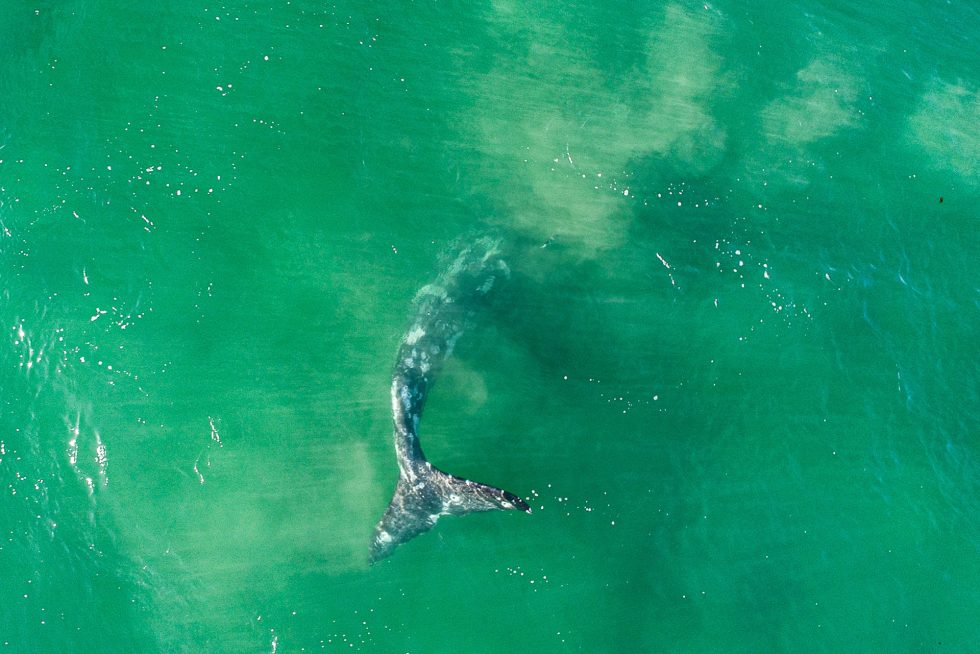
Climate change is reducing sea ice cover and is already affecting the gray whales. Research shows that gray whales now feed farther north, and stay there longer than they have before. Climate change is causing phytoplankton to bloom earlier in the season. As Arctic ice continues to thin, the growing season might start so much earlier that the blooms grow and collapse entirely under the ice. This has been linked to an increased amount of gray whales dying and beached in the last couple of years on the west coast. It seems the whales have been starving and have not had sufficient blabber to return to their feeding grounds in the arctic waters.


